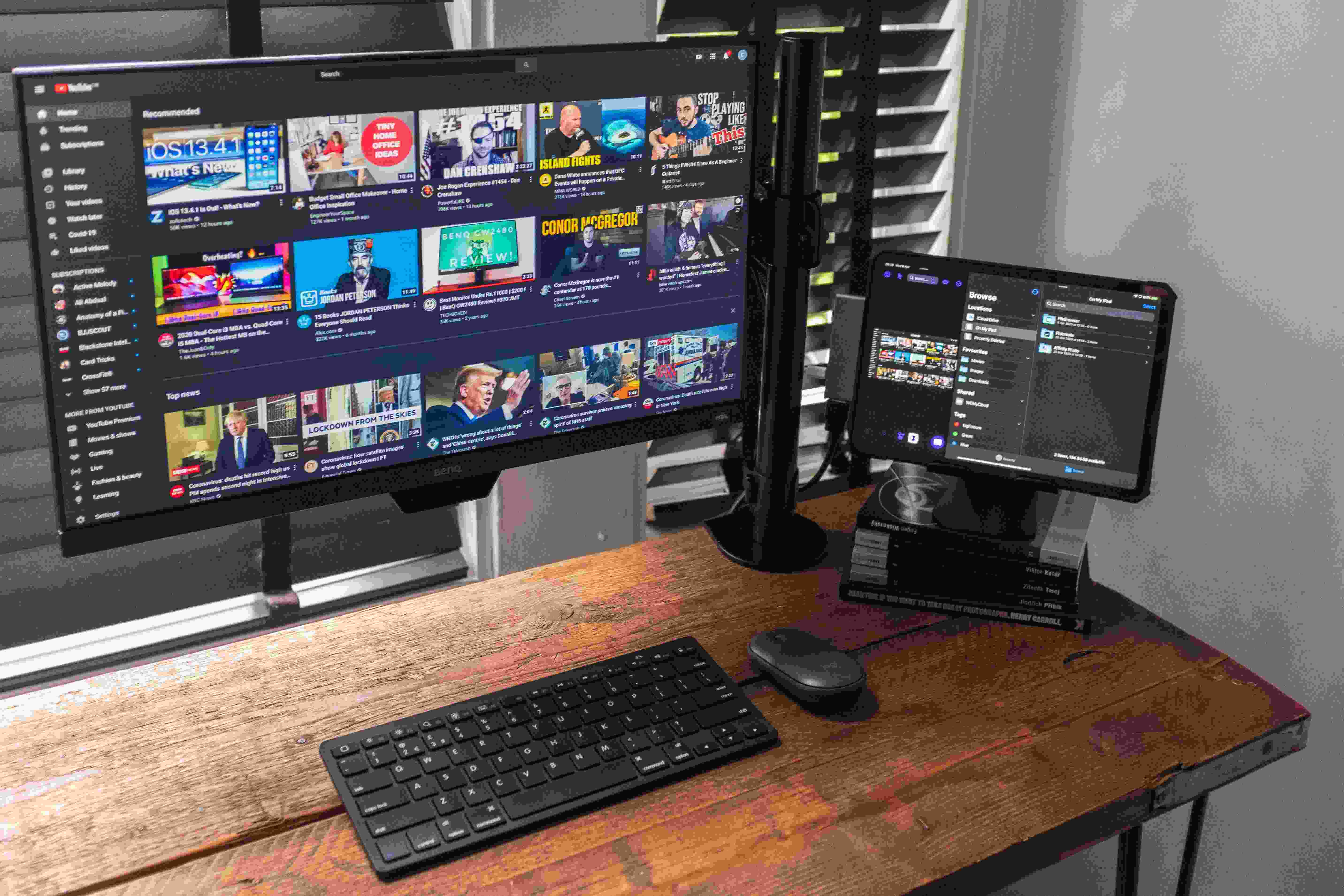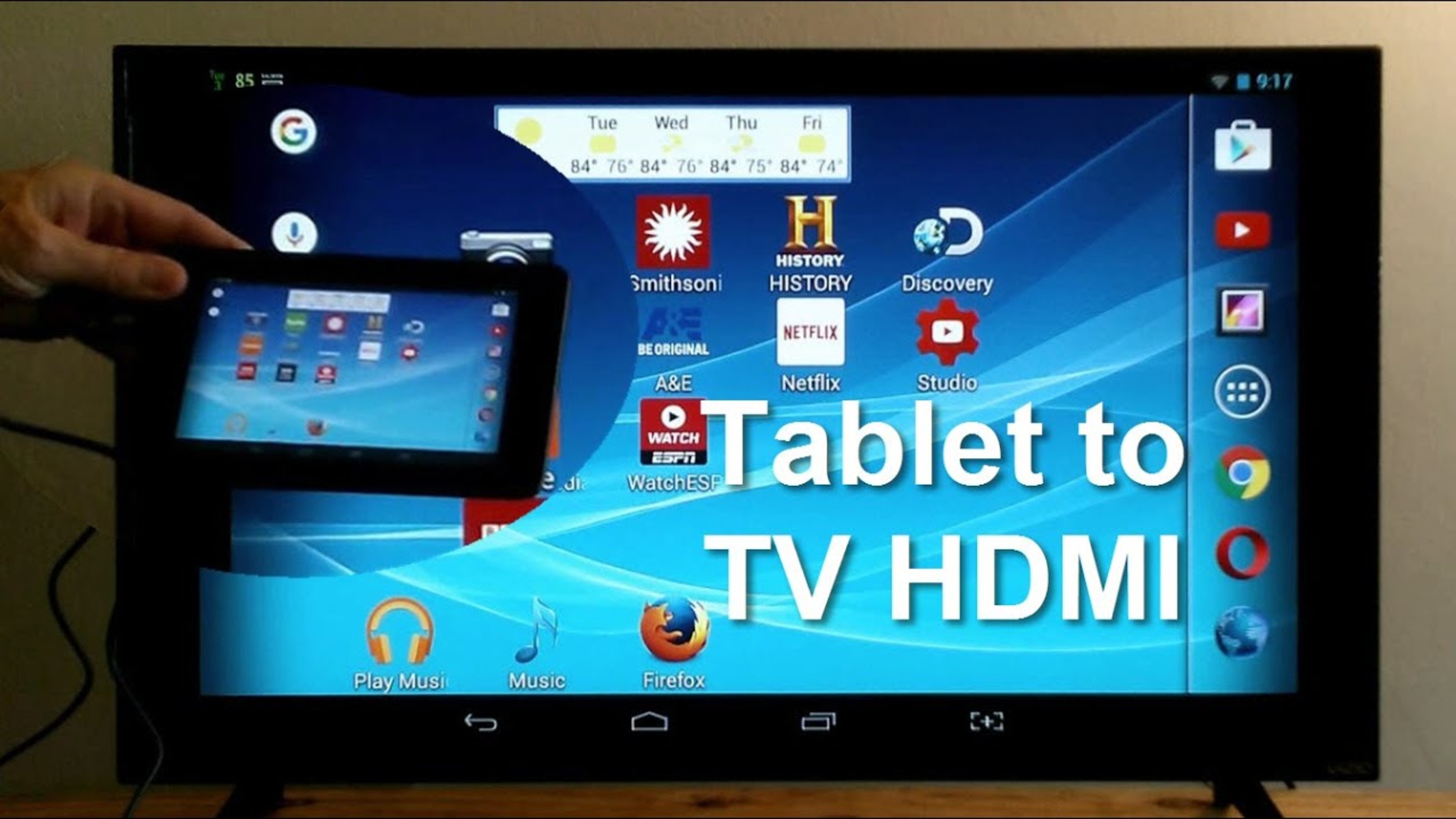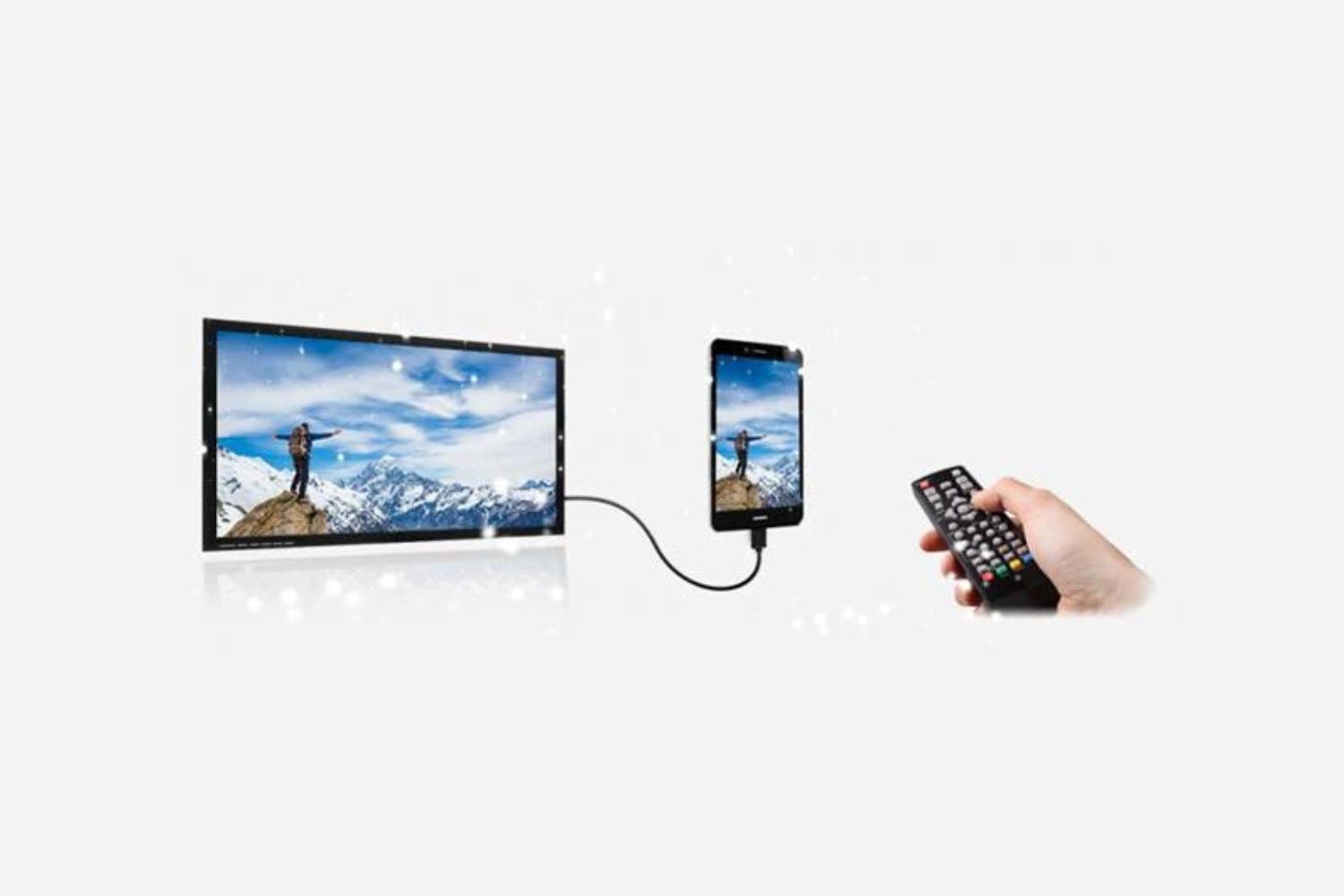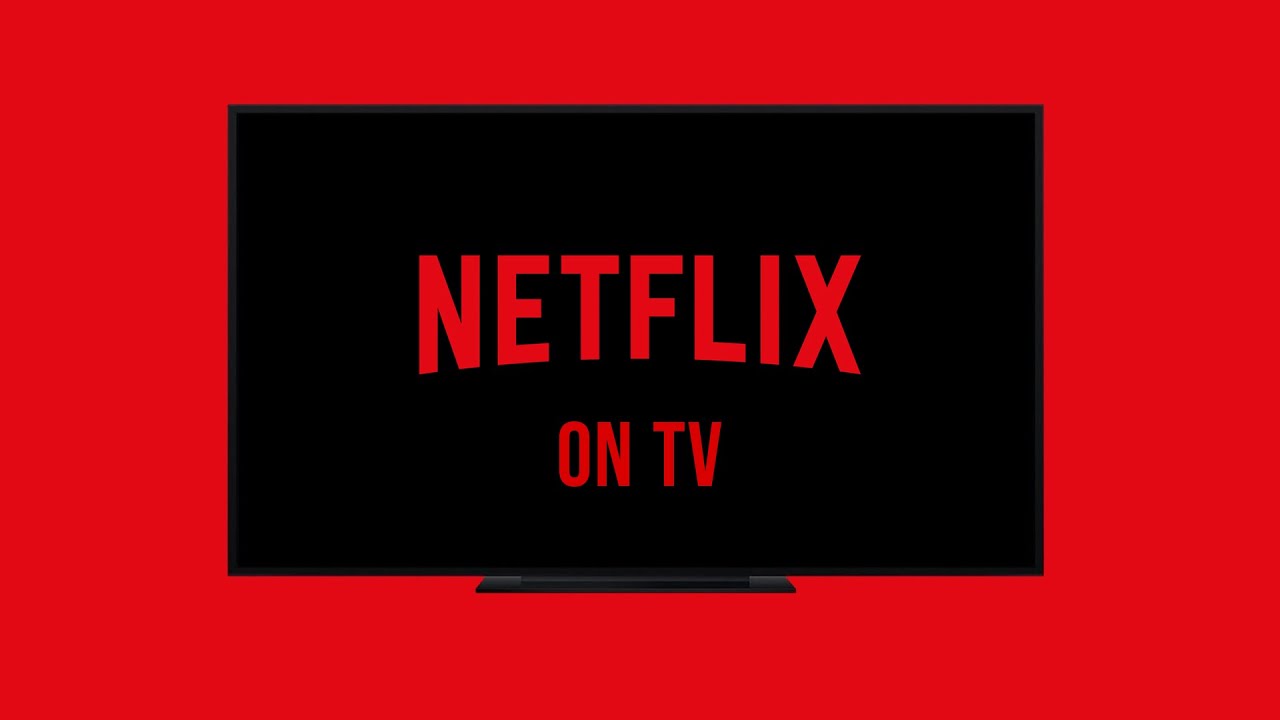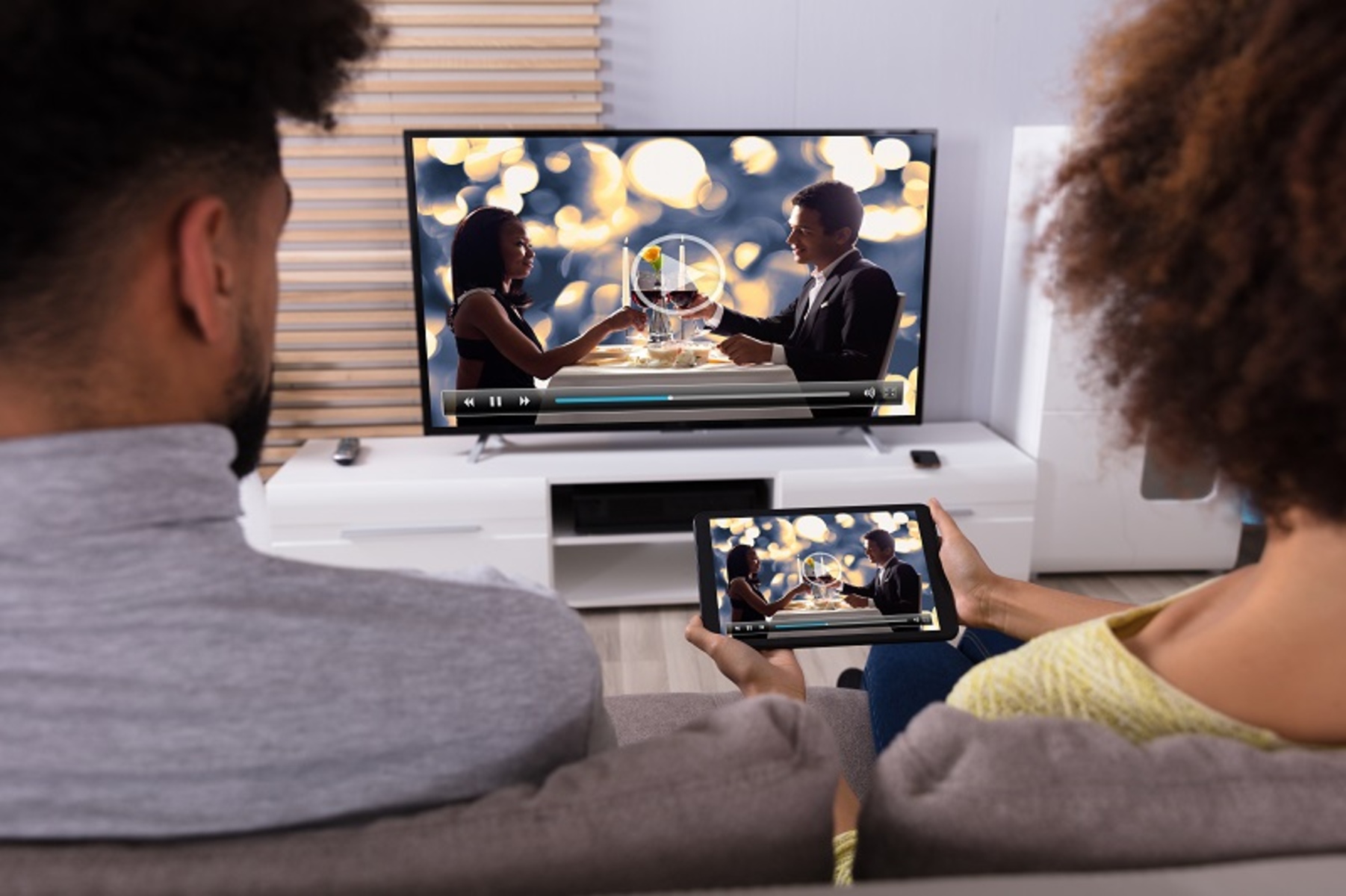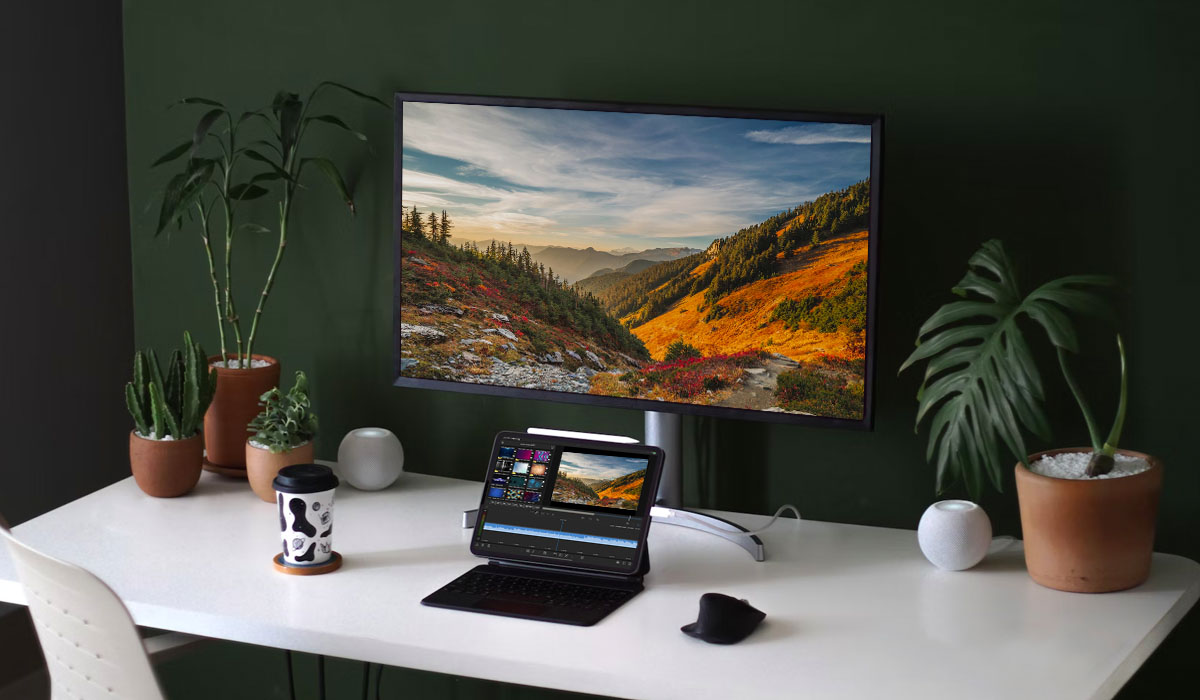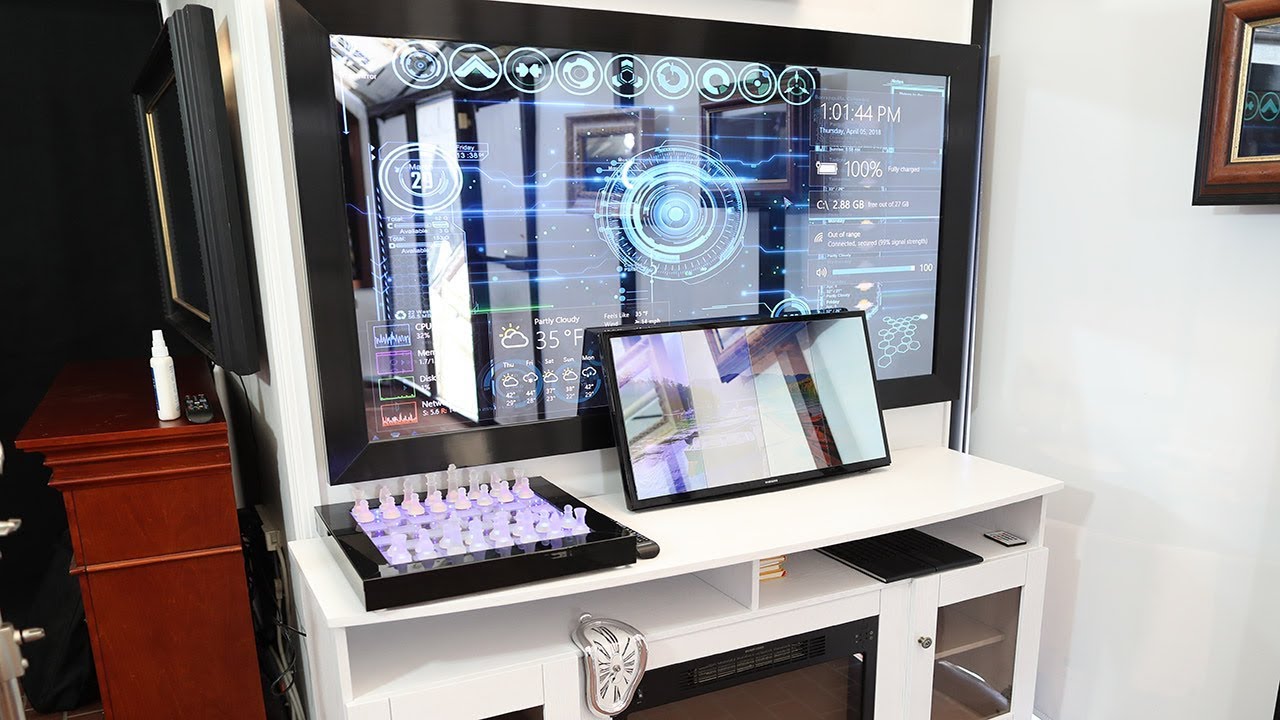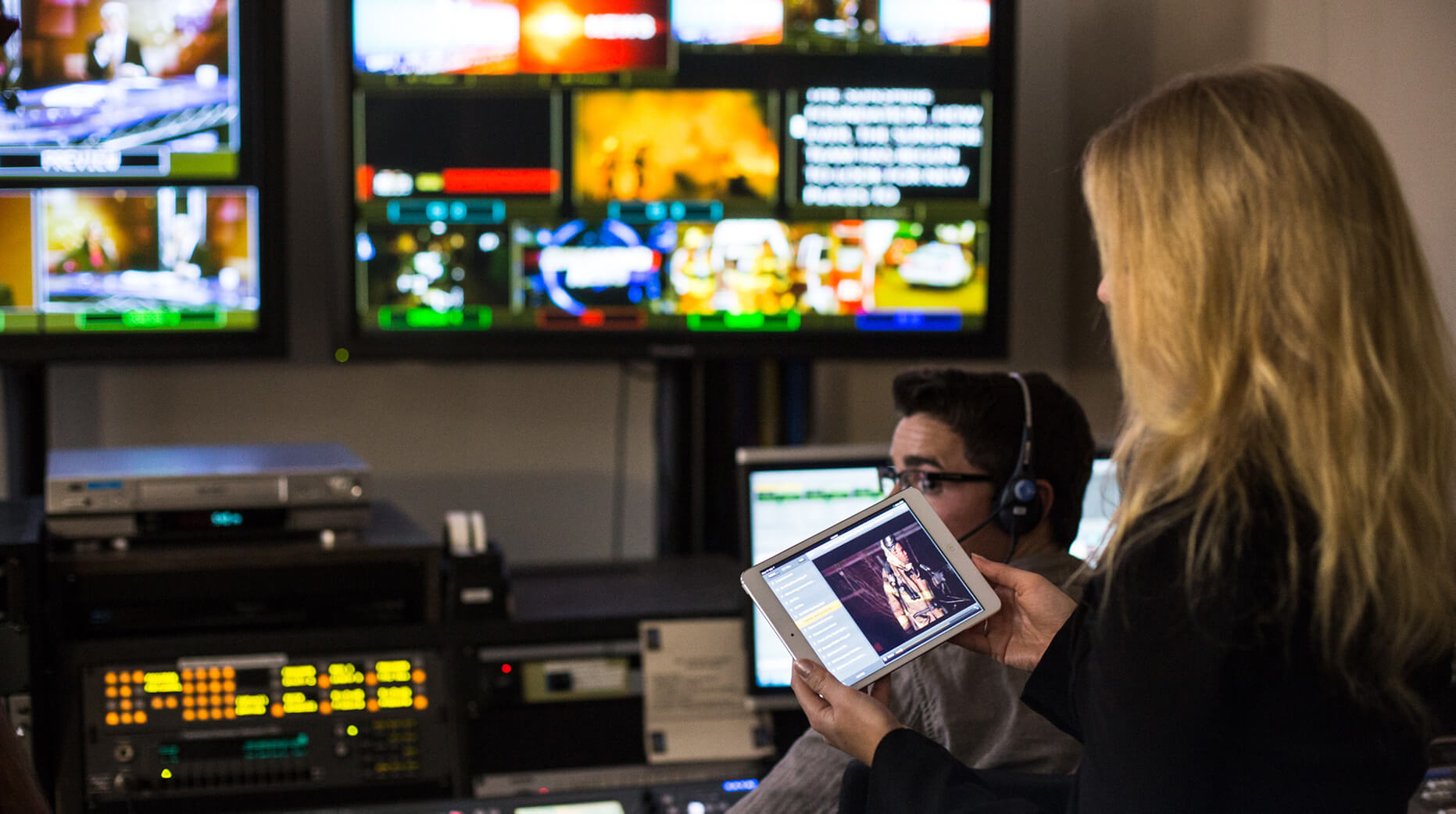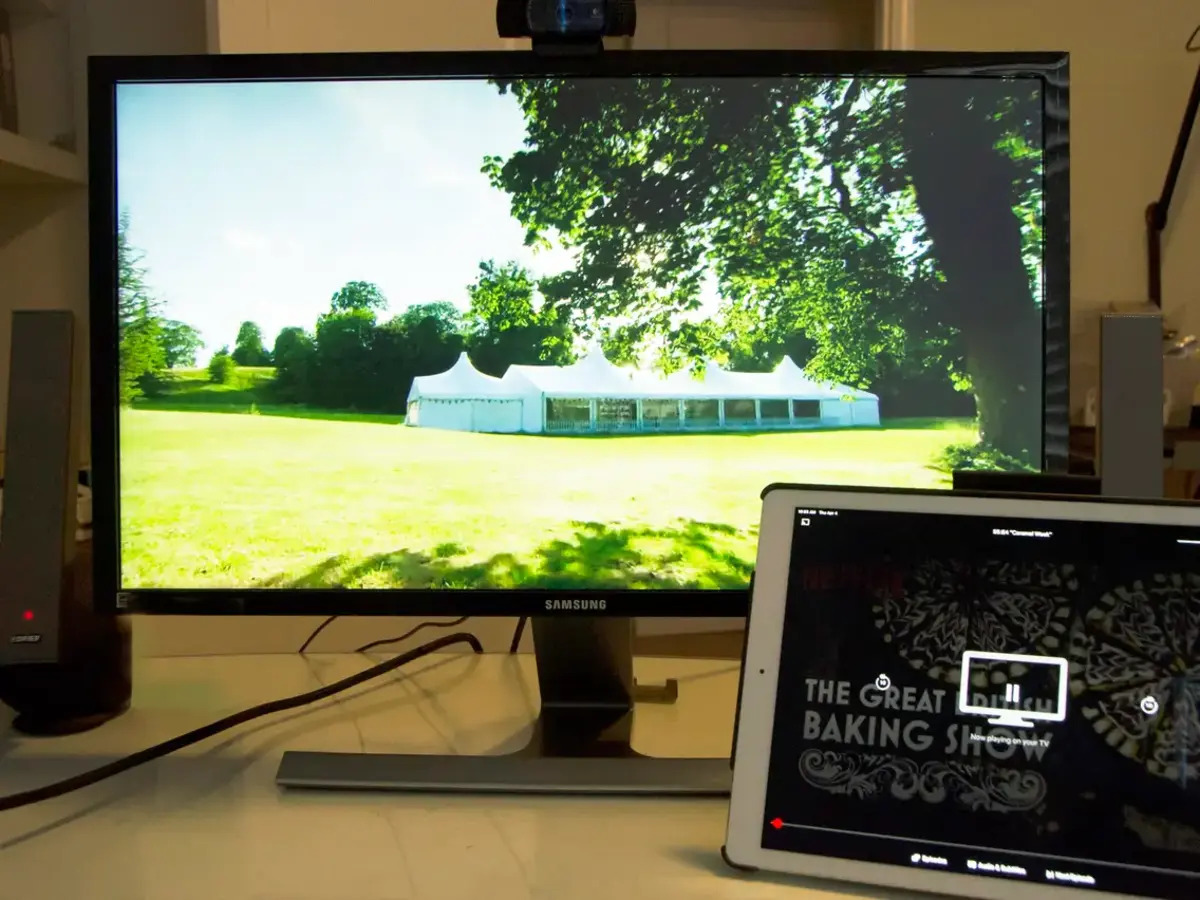Introduction
Connecting your tablet to a TV can unlock a world of entertainment possibilities. From streaming movies and videos to playing mobile games on a larger screen, it can greatly enhance your viewing experience. However, many tablets do not have an HDMI port, which is commonly used to establish a direct connection to a TV. The good news is that there are several alternative methods available that allow you to connect your tablet to a TV without the need for an HDMI cable.
In this article, we will explore some of the most popular options for connecting your tablet to a TV without an HDMI cable. These methods utilize different technologies and adapters, allowing you to enjoy your tablet’s content on a larger screen with ease.
Whether you have an Android or iOS tablet, there is likely a solution that will work for you. We will discuss options such as MHL cables, SlimPort adapters, Miracast or Chromecast devices, DLNA streaming, Apple TV or AirPlay, Mobile High-Definition Link (MHDL) technology, VGA and audio cables, and the AllShare Cast wireless hub.
Each option has its own advantages and requirements, so it’s important to choose the option that best suits your specific needs and device compatibility. Without further ado, let’s dive into the world of wireless streaming and wired connections that will allow you to effortlessly connect your tablet to your TV.
Option 1: MHL Cable
The Mobile High-Definition Link (MHL) cable is a popular solution for connecting your tablet to a TV without an HDMI port. MHL cables are specifically designed for mobile devices and provide a way to transmit audio and video signals from your tablet to your TV.
To use an MHL cable, you will need a tablet with an MHL-compatible micro USB port and an MHL-to-HDMI adapter. You simply connect one end of the MHL cable to your tablet’s micro USB port and the other end to your TV’s HDMI input. The MHL cable also has a separate USB plug that needs to be connected to a power source, such as a wall charger or USB port, to provide power to your tablet while using the MHL feature.
Once the connection is established, your tablet’s screen will be mirrored on the TV, allowing you to enjoy your favorite content on a larger display. MHL cables support video resolutions up to 1080p, providing a high-quality viewing experience.
It’s important to note that not all tablets support MHL technology, so it’s crucial to check your tablet’s specifications to ensure compatibility. Additionally, some tablets may require specific MHL adapters, so be sure to choose the appropriate one for your device.
Overall, MHL cables offer a simple and cost-effective solution for connecting your tablet to a TV without an HDMI cable. With their plug-and-play functionality, you can quickly set up the connection and start enjoying your tablet’s content on a bigger screen.
Option 2: SlimPort Adapter
If your tablet doesn’t support MHL technology or you’re looking for an alternative option, a SlimPort adapter may be the solution for connecting your tablet to a TV without an HDMI cable.
SlimPort is a display connectivity technology that allows you to connect your tablet to a TV via the micro USB port. SlimPort adapters are compact and portable, making them a convenient option for on-the-go use.
To use a SlimPort adapter, you’ll need a tablet with a compatible micro USB port and a SlimPort-to-HDMI adapter. Similar to the MHL cable, you’ll connect the SlimPort adapter to your tablet’s micro USB port and the other end to your TV’s HDMI input. Unlike MHL cables, SlimPort adapters don’t require a separate power source, as they draw power directly from your tablet.
SlimPort adapters support various video resolutions, including up to 4K Ultra HD, allowing you to enjoy high-definition content on your TV. In addition to video transmission, SlimPort adapters also support audio output, ensuring a complete multimedia experience.
It’s important to check if your tablet is SlimPort compatible before purchasing an adapter, as not all devices support this technology. Additionally, some tablets may require specific SlimPort adapters, so be sure to choose the correct one for your tablet model.
With its slim design and easy connectivity, the SlimPort adapter offers a convenient and versatile solution for connecting your tablet to a TV without an HDMI cable. Whether you want to watch movies, play games, or share photos and videos, the SlimPort adapter allows you to enjoy your tablet’s content on the big screen with ease.
Option 3: Miracast or Chromecast
If you’re looking for a wireless solution to connect your tablet to a TV without an HDMI cable, Miracast and Chromecast are excellent options to consider.
Miracast is a wireless display standard that allows you to mirror your tablet’s screen on a TV without the need for any cables. Miracast uses Wi-Fi Direct technology to establish a direct connection between your tablet and the TV. To use Miracast, your tablet and TV must both support this technology.
To connect your tablet to a Miracast-enabled TV, you’ll need to access the screen mirroring feature on your tablet and select the TV from the list of available devices. Once connected, your tablet’s screen will be mirrored on the TV, allowing you to stream videos, play games, and view other content on a larger display.
Chromecast, on the other hand, is a small streaming device that plugs into the HDMI port of your TV. Rather than mirroring your tablet’s screen, Chromecast allows you to cast content from compatible apps on your tablet directly to the TV. It operates using your Wi-Fi network and can be controlled through a dedicated app on your tablet or smartphone.
To use Chromecast, you’ll need to connect the device to your TV, set it up using the Chromecast app on your tablet, and then simply select the content you want to cast to the TV. This can include streaming services, videos, photos, and even web pages.
Both Miracast and Chromecast provide an effortless way to wirelessly connect your tablet to a TV without any cables. Whether you prefer the screen mirroring capabilities of Miracast or the app-casting functionality of Chromecast, these options open up a world of entertainment possibilities on the big screen.
Option 4: DLNA
DLNA, short for Digital Living Network Alliance, is a technology that allows you to wirelessly stream media from your tablet to a DLNA-certified TV or other compatible devices. DLNA creates a network connection between your tablet and the TV, enabling seamless media sharing and playback.
To utilize DLNA, both your tablet and TV must support this technology. Most modern tablets and smart TVs come with built-in DLNA capabilities, making it a convenient option for connecting your tablet to a TV without an HDMI cable.
To set up DLNA, you’ll need to ensure that your tablet and TV are connected to the same Wi-Fi network. Then, you’ll need to enable DLNA on your tablet and navigate to the media you want to stream to the TV. From there, you can select your TV from the list of available DLNA-certified devices and begin streaming your content.
DLNA supports various media formats, including photos, videos, and music, allowing you to enjoy a wide range of content on your TV. You can use your tablet as a remote control to browse through your media library and play your desired content on the big screen.
In addition to streaming media from your tablet to a TV, DLNA also supports sharing media between different DLNA-certified devices. For example, you can stream photos or videos from your tablet to a DLNA-enabled streaming box or speaker system.
DLNA provides a convenient and versatile solution for connecting your tablet to a TV without the need for cables. By leveraging your existing Wi-Fi network, you can effortlessly stream and share media between your tablet and TV, creating a seamless entertainment experience.
Option 5: Apple TV or AirPlay
If you own an Apple tablet, such as an iPad, you have the option to connect it to a TV using Apple TV and AirPlay. This seamless integration allows you to stream content from your tablet to your TV wirelessly.
Apple TV is a streaming device that connects to your TV’s HDMI port, providing access to a wide range of apps and entertainment platforms. It also acts as a gateway for AirPlay, Apple’s wireless streaming technology.
To use AirPlay, both your iPad and Apple TV need to be connected to the same Wi-Fi network. Once connected, you can easily mirror your iPad’s screen to the TV, allowing you to stream videos, play games, and view other content on the big screen.
AirPlay goes beyond screen mirroring and allows you to stream content from compatible apps directly to the TV. You can use AirPlay-enabled apps like YouTube, Netflix, and Disney+ to stream videos seamlessly, without the need for any additional cables.
With AirPlay, you can also stream music and photos from your iPad to your TV, creating a multimedia experience on a larger scale. It’s a great option for sharing slideshows, playing music playlists, or showcasing your photography collection on the big screen.
Apple TV and AirPlay provide a user-friendly and convenient solution for connecting your iPad to your TV without an HDMI cable. Whether you want to watch movies, play games, or show off your media collection, this integration allows you to enjoy your iPad’s content on a larger display with ease.
Option 6: Mobile High-Definition Link (MHDL)
Mobile High-Definition Link (MHDL) is another option for connecting your tablet to a TV without an HDMI cable. MHDL is similar to MHL (as discussed in Option 1) but with some notable differences.
MHDL technology allows you to connect your tablet to a TV via a USB-C port, which is a commonly used port on newer Android tablets and smartphones. The USB-C port supports both power and data transfer, making it a versatile option for connecting your tablet to various devices.
To use MHDL, you will need a tablet with a USB-C port and an MHDL-to-HDMI adapter or cable. Simply connect one end of the adapter or cable to your tablet’s USB-C port and the other end to your TV’s HDMI input. This will establish a connection and enable you to mirror your tablet’s screen on the TV.
One advantage of MHDL is that it supports higher video resolutions, including 4K Ultra HD. This means you can enjoy crisp and detailed visuals when streaming movies, playing games, or browsing content on your tablet.
It’s important to note that not all tablets and TVs are compatible with MHDL technology. Before attempting to use MHDL, make sure your tablet and TV support this feature. Additionally, there may be specific MHDL adapters or cables that are required for compatibility, so be sure to choose the right one for your device.
MHDL provides a convenient and modern solution for connecting your tablet to a TV without an HDMI cable. With the increasingly common adoption of USB-C ports on tablets and smartphones, MHDL offers a reliable and high-quality connection option for enjoying your tablet’s content on a larger screen.
Option 7: Using VGA and Audio Cables
If your tablet does not have an HDMI port but has a VGA port, you can still connect it to a TV using VGA and audio cables. Although VGA does not transmit audio, you can use separate audio cables to ensure a complete audiovisual experience.
To connect your tablet to a TV using VGA and audio cables, you will need a tablet with a VGA output and a VGA-to-VGA cable. Additionally, you will need an audio cable with the appropriate connectors for your tablet and TV. Typically, this involves using a headphone jack to RCA or 3.5mm to RCA cable.
Begin by connecting one end of the VGA cable to your tablet’s VGA output port and the other end to the VGA input port on your TV. Next, connect the audio cable from your tablet’s headphone jack or audio output to the corresponding audio input on your TV.
Once the connections are made, you may need to adjust the input source on your TV to the designated VGA input. This will ensure that the TV recognizes the signal coming from your tablet.
It’s worth noting that VGA cables transmit analog signals, so the image quality may not be as crisp as with HDMI or digital connections. However, it still allows you to view your tablet’s content on a larger screen and can be an effective solution for non-HDMI tablets.
Keep in mind that not all tablets have VGA ports, so it’s important to check your tablet’s specifications before attempting this method. Additionally, some tablets may require special adapters to convert their specific output signal to VGA.
Using VGA and audio cables offers a straightforward and affordable option for connecting your tablet to a TV without an HDMI port. While it may not provide the highest resolution or digital audio transmission, it can still enable you to enjoy your tablet’s content on a larger display.
Option 8: AllShare Cast Wireless Hub
If you have a Samsung tablet and want to connect it to a TV without an HDMI cable, the AllShare Cast Wireless Hub offers a reliable solution. This wireless hub allows you to mirror your tablet’s screen on a TV, providing a seamless streaming experience.
The AllShare Cast Wireless Hub uses Wi-Fi Direct technology to establish a direct connection between your tablet and the TV. This eliminates the need for any cables and allows for easy and convenient wireless streaming.
To use the AllShare Cast Wireless Hub, you’ll need a Samsung tablet that supports screen mirroring and the AllShare Cast feature. Additionally, you’ll need to connect the AllShare Cast Wireless Hub to your TV using the HDMI port.
Once the connection is established, you can mirror your tablet’s screen on the TV with a simple tap of a button. This enables you to stream videos, play games, and view other content from your tablet on the big screen.
The AllShare Cast Wireless Hub also supports audio transmission, allowing you to enjoy a complete multimedia experience on your TV. You can connect external speakers or a sound system to enhance the audio quality.
It’s important to note that the AllShare Cast Wireless Hub is specifically designed for Samsung devices and may not be compatible with other tablets or smartphones. Additionally, both your tablet and TV need to be connected to the same Wi-Fi network for the wireless mirroring to work.
The AllShare Cast Wireless Hub is a reliable and user-friendly solution for connecting your Samsung tablet to a TV without an HDMI cable. With its wireless capabilities, you can easily enjoy your tablet’s content on a larger screen, making it ideal for streaming movies, videos, and more.
Conclusion
Connecting your tablet to a TV without an HDMI cable is entirely possible with the range of options available. Whether you have an Android or iOS tablet, there are various methods you can utilize to enjoy your tablet’s content on a larger screen.
The options discussed in this article, including MHL cables, SlimPort adapters, Miracast or Chromecast devices, DLNA streaming, Apple TV or AirPlay, MHDL technology, VGA and audio cables, and the AllShare Cast wireless hub, cater to different needs and device compatibility.
For those with MHL-compatible tablets, using an MHL cable provides a simple and cost-effective solution. SlimPort adapters offer a compact and versatile option for tablets with a micro USB port. Miracast and Chromecast allow for convenient wireless streaming, while DLNA technology creates a network connection for seamless media sharing.
Apple users can leverage the integration between their tablets and Apple TV through AirPlay, while MHDL technology enables a direct USB-C connection. VGA and audio cables provide a straightforward solution for tablets with a VGA port, and the AllShare Cast wireless hub caters specifically to Samsung tablet owners.
Whether you prefer a wired or wireless connection, each method allows you to enjoy a larger screen experience and unlock a world of entertainment possibilities. Be sure to check the compatibility of your tablet and TV, as well as any additional adapters or cables required for specific methods.
By understanding these options and choosing the one that best suits your needs, you can effortlessly connect your tablet to a TV without an HDMI cable and enjoy your favorite content on a more immersive and visually stunning display.







